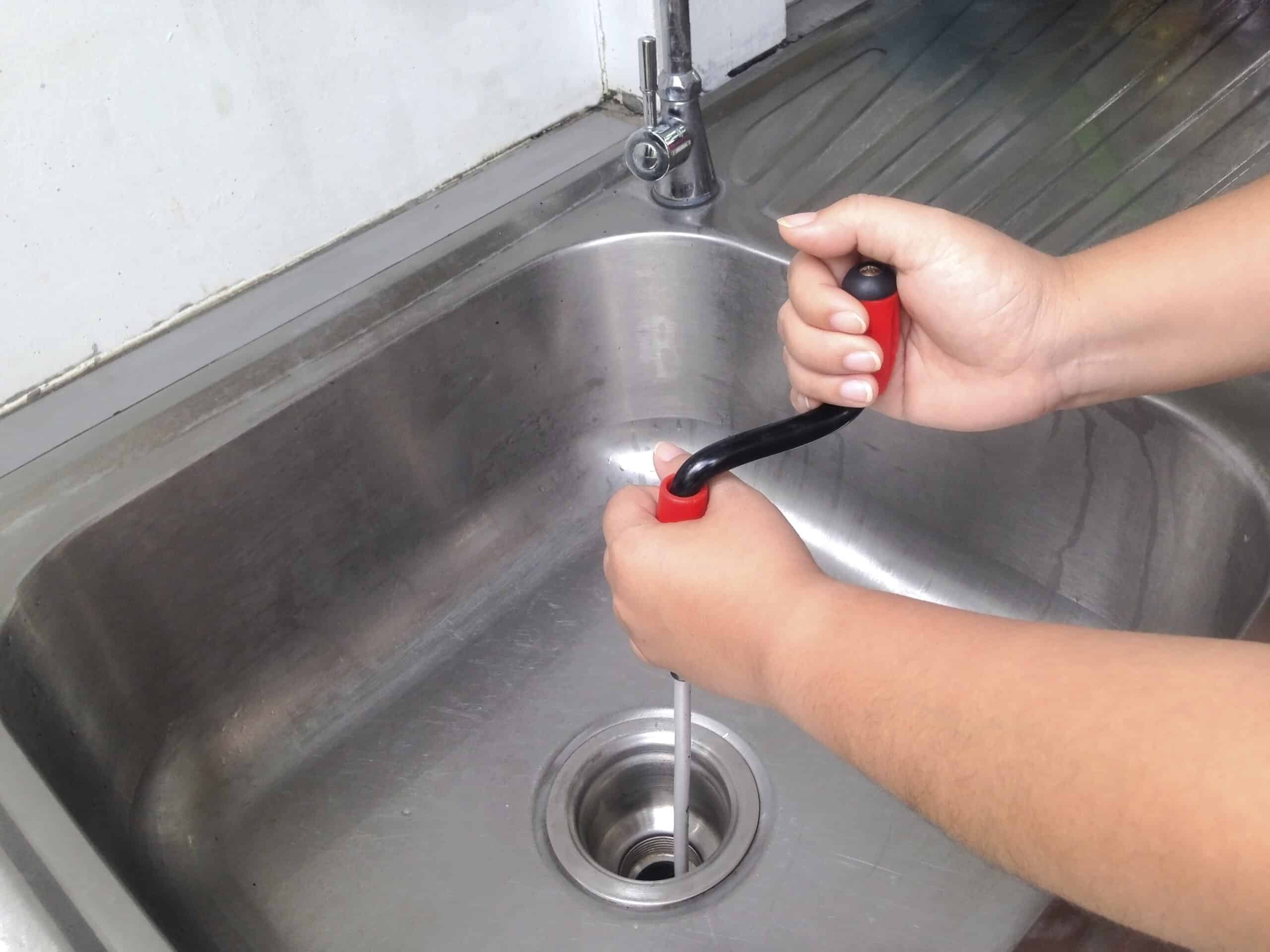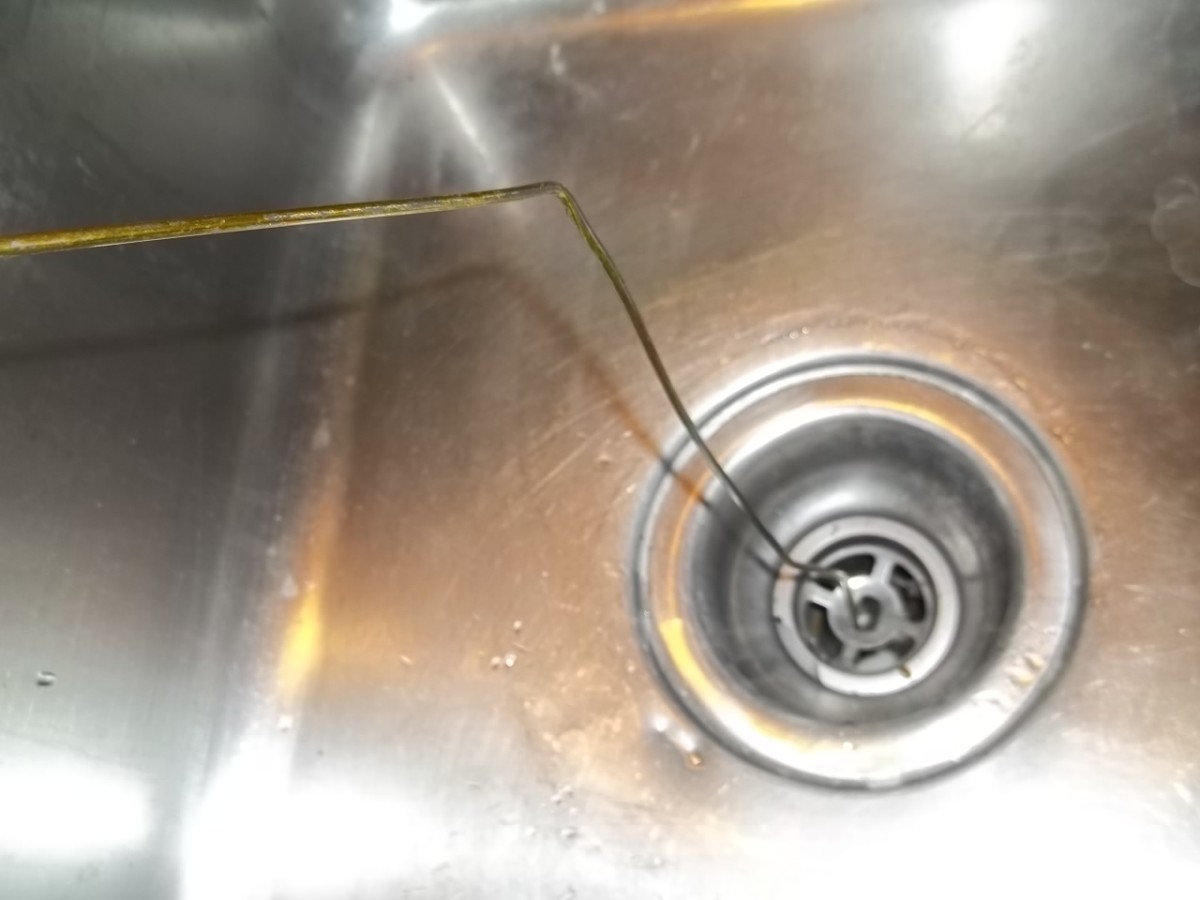The writer is making a number of great observations regarding Fixing Typical Household Plumbing Problems overall in this content following next.

In this write-up, we will certainly be considering 5 straightforward actions you could require to release your cooking area sink from blockages and conserve you from the discomfort and shame of taking care of a blocked kitchen sink.
Obstructed kitchen sinks are just one of the most typical water drainage concerns home owners face. And what's more, it's a undesirable as well as extremely awkward view. Visualize mosting likely to the sink to do your meals and also learning that the drain is clogged and water can not move down conveniently.
A lot of blocked drains are caused by food particles, soap, oil, as well as fat particles. They block the sink as well as make it hard for water to decrease the drainpipe swiftly. While it is alluring to put a call through to the plumbers, there are a few DIY hacks you might try first prior to making that phone call.
1. Sodium Bicarbonate and Vinegar
Rather than utilizing any form of chemicals or bleach, this method is much safer as well as not hazardous to you or your sink. Sodium bicarbonate and also vinegar are day-to-day home items used for numerous other things, and they can do the trick to your kitchen sink.
Firstly, get rid of any type of water that is left in the sink with a mug.
Then pour a good amount of cooking soft drink down the tubes.
Pour in one cup of vinegar.
Seal the water drainage opening as well as allow it to settle for some mins.
Pour warm water down the tubes to melt away various other persistent residue and fragments.
Following this basic approach can suffice, as well as you can have your kitchen sink back. Repeat the process as high as you deem necessary to free the sink of this particles entirely.
2. Try a Plunger
You can attempt making use of a plunger if the trouble is not from the waste disposal. Plungers are common house tools for this occasion, and they can be available in convenient if you use them effectively. A flat-bottomed plunger is most appropriate for this, yet you can use what you have is a commode plunger.
Comply with the following straightforward actions to use the plunger effectively:
Secure the drainpipe with a rag and load the sink with some hot water
Place the plunger in position over the drain and start diving
Check to see if the water runs freely after a couple of dives
Repeat the procedure up until the drainage is cost-free
3. Perhaps it's the Garbage Disposal
In many cases, the clog might be due to an obstruction in the disposal. Usage pliers rather.
If this does not function, you can discover the complying with option to unblock your kitchen sink.
4. Make use of a Hanger
Making use of a wire fabric wall mount or a plumber's snake if you have one can do the technique. All you need do is correct the alignment of the hanger to go down the drainpipe while you carefully choose out the particles creating the clog.
Run warm water away after this to see just how successful you were.
5. Use Boiling Water
When confronted with a stopped up sink, the first thing you must attempt is to put boiling thin down the drain. That is about the most straightforward solution to clogged sinks and drainages. Boiling water assists counteract the bits and particles causing the obstruction, particularly if it's oil, soap, or grease fragments, and in many cases, it can flush it all down, and also your sink will be back to typical.
Do not attempt this technique if you have plastic pipes (PVC) because warm water might thaw the lines and also cause more damages. If you make use of plastic pipes, you might want to stick to using a bettor to get particles out.
Using this method, switch on the tap to see just how water streams after pouring hot water down the tubes. Attempt the procedure once again if the clog lingers. However, the blockage could be more consistent in some cases and call for greater than just boiling water.
Final Words
Attempting these few methods could conserve you the costs of having a plumber check it. In many situations, a plumber is what we need. In cases where you locate it tough to unblock the sink even after attempting all these approaches, it might be time to leave it to the experts.
Call expert plumbing companies to fix your drainage troubles as well as other various household plumbing demands.
Obstructed kitchen area sinks are one of the most usual drainage problems home owners encounter. Think of going to the sink to do your recipes as well as locating out that the drain is clogged as well as water can not flow down easily.
They clog the sink as well as make it hard for water to go down the drain promptly. When encountered with a clogged sink, the first thing you need to try is to pour boiling water down the drainpipe. Boiling water aids neutralize the bits as well as particles creating the obstruction, specifically if it's soap, oil, or oil fragments, and in several situations, it can purge it all down, and also your sink will be back to regular.
How to Unclog a Kitchen Sink
Take the Plunge
Start your efforts by plunging. Use a plunger with a large rubber bell and a sturdy handle. Before getting to work on the drain, clamp the drain line to the dishwasher. If you don t close the line, plunging could force dirty water into the dishwasher.
Fill the sink with several inches of water. This ensures a good seal over the drain.
If you have a double sink, plug the other drain with a wet rag or strainer.
Insert the plunger at an angle, making sure water, not air, fills the bell.
Plunge forcefully several times. Pop off the plunger.
Repeat plunging and popping several times until the water drains.Clean the Trap
The P-trap is the curved pipe under the sink. The trap arm is the straight pipe that attaches to the P-trap and runs to the drain stub-out on the wall. Grease and debris can block this section of pipe. Here s how to unclog a kitchen sink by cleaning out the trap:
Remove as much standing water from the sink as possible.
Place a bucket under the pipe to catch the water as it drains.
Unscrew the slip nuts at both ends of the P-trap. Use slip-joint pliers and work carefully to avoid damaging the pipes or fasteners.
If you find a clog, remove it. Reassemble the trap.
If the P-trap isn t clogged, remove the trap arm and look for clogs there. Run the tip of a screwdriver into the drain stub-out to fetch nearby gunk.Spin the Auger
With the trap disassembled, you re ready to crank the auger down the drain line.
Pull a 12-inch length of cable from the auger and tighten the setscrew.
Insert the auger into the drain line, easing it into the pipe.
Feed the cable into the line until you feel an obstruction. Pull out more cable if you need to.
If you come to a clog, crank and push the cable until you feel it break through. The cable will lose tension when this happens.
Crank counterclockwise to pull out the cable, catching the grime and debris with a rag as the cable retracts.

As a keen reader on Fixing Typical Household Plumbing Problems, I was thinking sharing that piece of writing was a good idea. Liked our blog? Please share it. Help another person check it out. I enjoy reading our article about Common Household Plumbing Issues.
Contact, be stress-free!